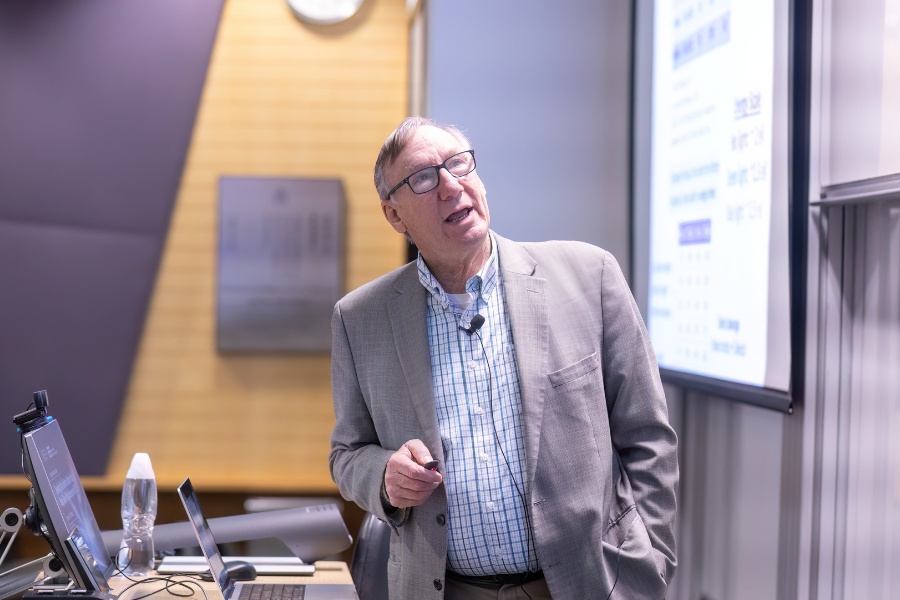Breaking the Lifetime Barrier for Deep Blue Phosphorescent OLEDs
Abstract
Perhaps the single most important problem confronting the development of OLED displays and lighting today is how to achieve sufficiently long triplet-controlled emission device lifetime to prevent rapid color change during operation, while achieving 100% internal emission efficiency. It has been shown1 that bimolecular (e.g. triplet-polaron, triplet-triplet) annihilation provides a source of energy sufficient to destroy the blue triplet chromophore (whether a phosphor or a TADF molecule) or its host. Since that time, many materials, structures and strategies to extend blue emission lifetime based on this understanding have been demonstrated. Furthermore, various molecular fragments have been identified whose presence leads to the observed luminance loss. Unfortunately, a fully satisfactory solution has not been shown where blue triplet emitter lifetime is sufficient to meet the standards of high performance displays, although white OLED illumination sources may now have adequate lifetime to meet industry standards. In this talk I will discuss progress in extending blue phosphorescent OLED (PHOLED) lifetime, and in understanding of the limitations to extending the lifetime of blue triplet emitters. In particular, the speaker will focus on the relationship between radiative state lifetime, exciton density, and the longevity of the PHOLED. The speaker will review efforts that have resulted in increasing the deep blue phosphorescent longevity by at least 14 X via emitter design, polaritons, and optical cavity engineering. Prospects for future advances will be discussed.
1. “Intrinsic luminance loss in phosphorescent small-molecule organic light emitting devices due to bimolecular annihilation reactions”. N.C. Giebink, B.W. D’Andrade, M.S. Weaver, P.B. Mackenzie, J.J. Brown, M.E. Thompson, and S.R. Forrest, J. Appl. Phys., 103, 044509 (2008).
About the Speaker
Prof. Stephen R. FORREST is the Peter A. Franken Distinguished University Professor and Paul G. Goebel Professor of Electrical Engineering, Physics and Materials Science and Engineering at the University of Michigan. He received his BA in Physics in 1972 at the University of California, followed by his MSc and PhD in Physics in 1974 and 1979 at the University of Michigan. In 1985, Prof. Forrest joined the Electrical Engineering and Materials Science Departments at USC. In 1992, Prof. Forrest became the James S. McDonnell Distinguished University Professor of Electrical Engineering at Princeton University where he chaired the department from 1997 to 2001. In 2006, he rejoined the University of Michigan as Vice President for Research where he served until 2014. He is a Fellow of the APS, IEEE and OSA and a member of the National Academy of Engineering, the National Academy of Sciences, the American Academy of Arts and Sciences, and the National Academy of Inventors. He is co-founder or founding participant of Sensors Unlimited, Epitaxx, Inc., NanoFlex Power Corp., Universal Display Corp. (NASDAQ: OLED), Heat2Power, and Apogee Photonics, Inc., and has served on the Board of Directors and the Growth Technology Advisory Board of Applied Materials. He is past Chairman of the Board of the University Musical Society, from 2009-2012 was Chairman of the Board of Ann Arbor SPARK, and serves on the Board of Governors of the Technion – Israel Institute of Technology where he holds an honorary doctorate.
For Attendees' Attention
Seating is on a first come, first served basis.











